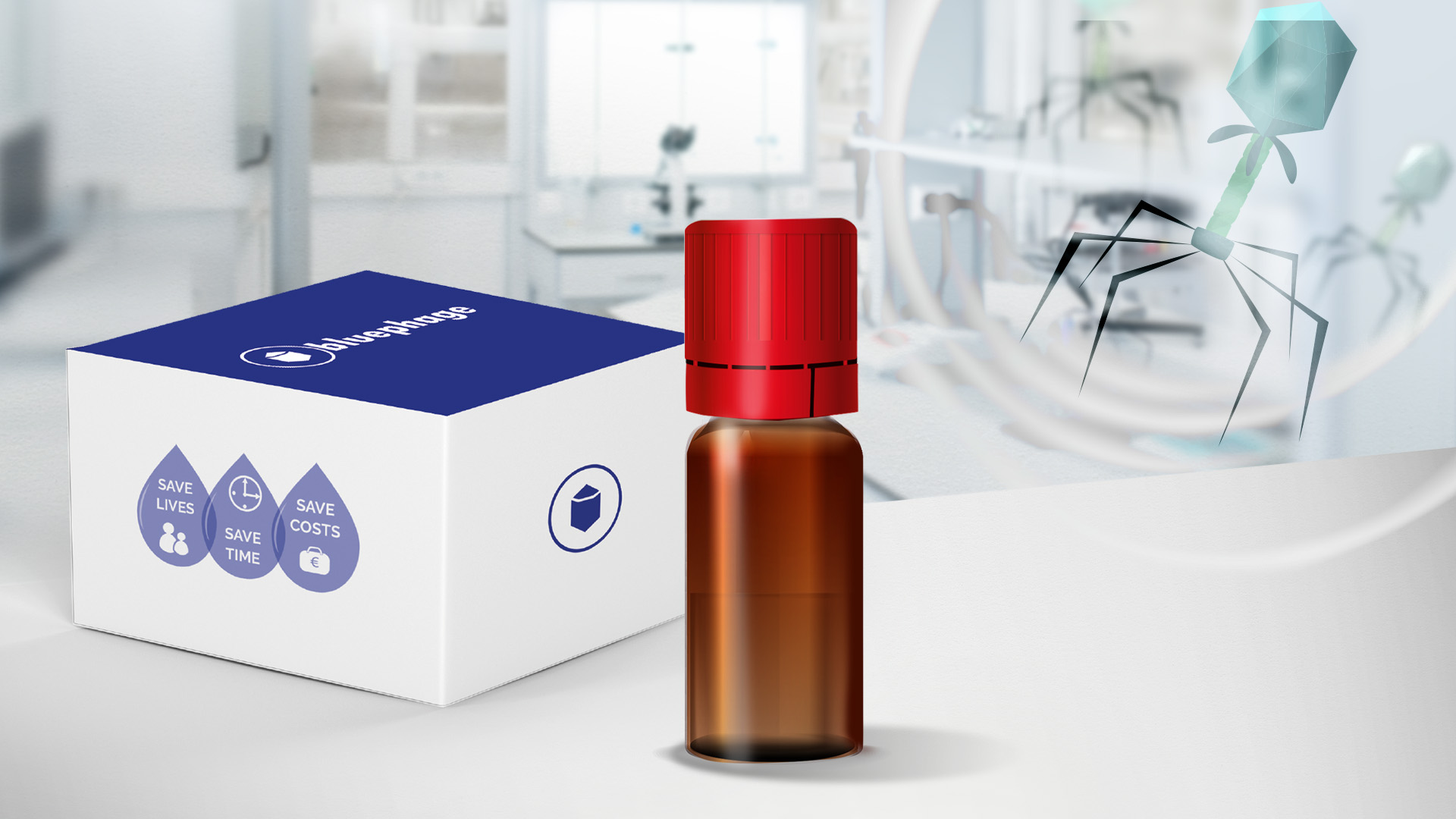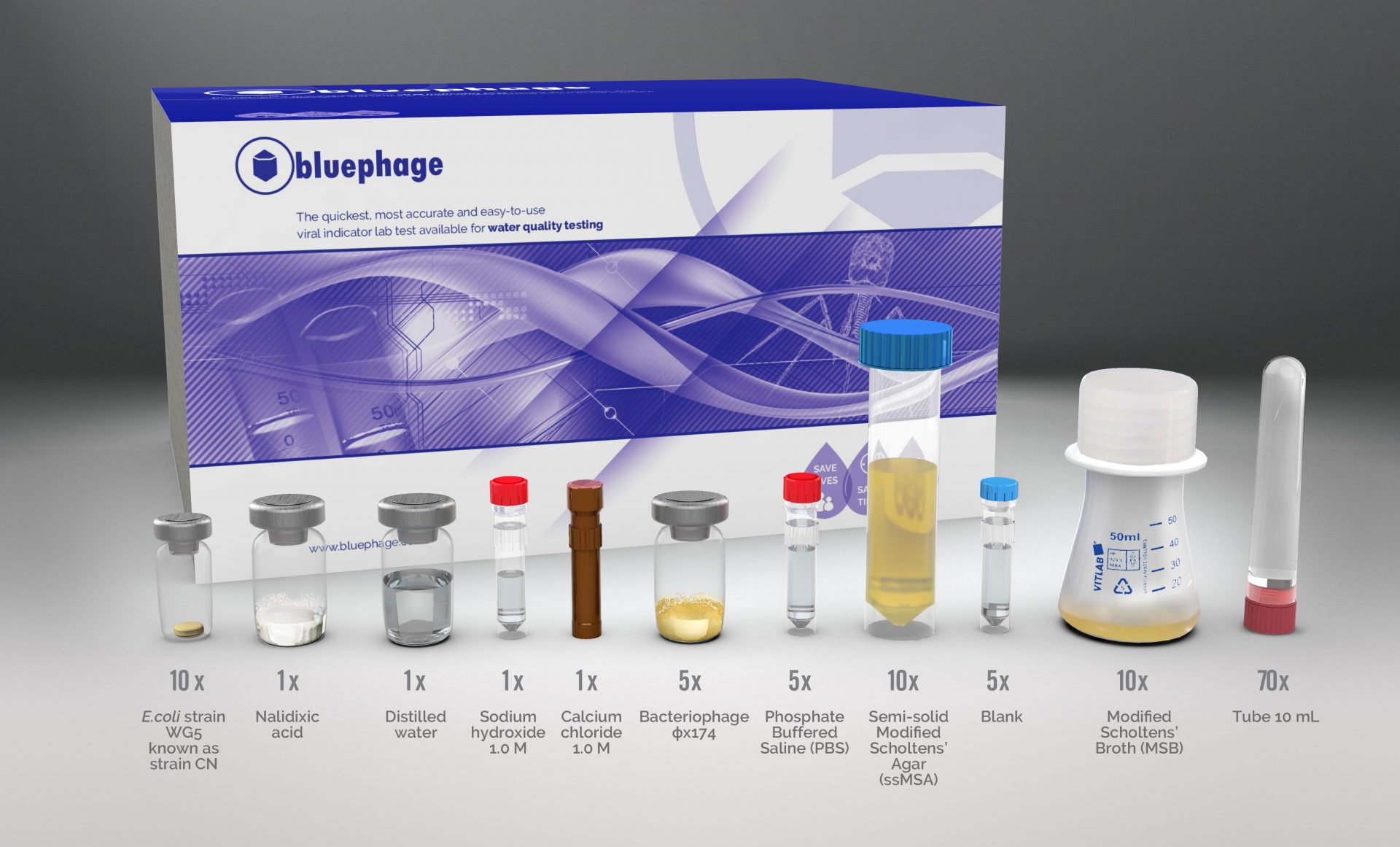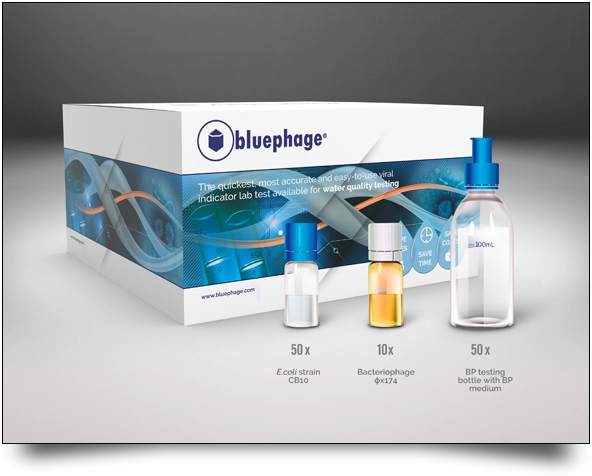BLOG | Bluephage
Bluephage introduces GR8FHDT and GR8FHD compatible with Rapid and Easy Kits for ISO 10705-3:2003 compliance.

Bluephage offers its customers GR8FHDT and GR8FHD – the filterable format of the GR8 coliphage – compatible with its Rapid Kits (BPF-SE and BPF-SPA) and Easy Kits (BP1601 and BP1604), ensuring compliance with ISO 10705-3:2003.
ISO 10705-3:2003 provides guidelines for detecting and enumerating bacteriophages in water by validating methods that concentrate bacteriophages from water samples. The standard emphasizes the importance of using reliable and accurate methods for concentrating bacteriophages in water quality testing, as this process is crucial to detecting and quantifying them.
Water samples with low levels of bacteriophages, require concentration of large volumes to ensure that these viruses are detectable and quantifiable during analysis. The methods used must demonstrate effectiveness in concentrating bacteriophages without introducing significant losses or biases.
Concentration techniques are validated to confirm their efficacy across various types of water, including clean water, treated wastewater, and other complex matrices. The validation process focuses on several key factors:
– Recovery Rate: The percentage of bacteriophages retained after concentration.
– Repeatability and Reproducibility: Ensuring that the method performs consistently across different assays and conditions.
– Selectivity: The ability to concentrate target bacteriophages while minimizing interference from other water constituents.
– Sensitivity: The capacity to detect low levels of bacteriophages.
Role of the GR8FHDT and GR8FHD Bacteriophage in Sample Concentration Validation
Bacteriophages may occur in low concentrations in environmental water samples and, without concentration, they can fall below detection limits.
The GR8 somatic coliphage was isolated from surface water and belongs to the Microviridae family, showing similar morphological characteristics to somatic coliphage strain phiX174. It offers robust performance tailored to environmental testing needs (Pascual-Benito et al., 2024). In its filterable format (GR8FHDT and GR8FHD), the GR8 coliphage makes Bluephage Rapid Kits (BPF-SE and BPF-SPA) and Easy Kits (BP1601 and BP1604) compatible with both ISO 10705-2 and ISO 10705-3 standards, simplifying testing procedures while adhering to global water safety requirements.
The GR8 was isolated from a real environmental sample, so it is an excellent surrogate for testing methods under field conditions. With known characteristics, GR8 allows the company to assess its detection tools’ sensitivity (ability to detect low levels) and efficacy (effectiveness in capturing viruses).
The GR8FHDT has a shelf life of two years and can be easily stored at -20°C, ensuring long-term reliability, and the GR8FHD has a shelf life of two years and can be easily stored at -70 °C, ensuring long-term reliability. Each vial comes with a Certificate of Analysis indicating the concentration, allowing laboratories to confidently obtain accurate results.
Many regulations demand proof that detection methods adhere to specific standards of accuracy and reliability. GR8FHDT and GR8FHD help meet these requirements, providing evidence that methods comply with water safety and public health standards. This makes GR8FHDT and GR8FHD a practical choice for companies and laboratories looking to adopt this advanced technology.
Miriam Pascual-Benito, Javier Méndez, María Dolores Ramos-Barbero, Ariadna Jorba-Plassa, Julia Martín-Díaz, Anicet R. Blanch. 2024. Efficient quantification of somatic coliphages in water: Development and validation of the Enumera® Rapid kit. Science of the Total Environment 957, 177500.



